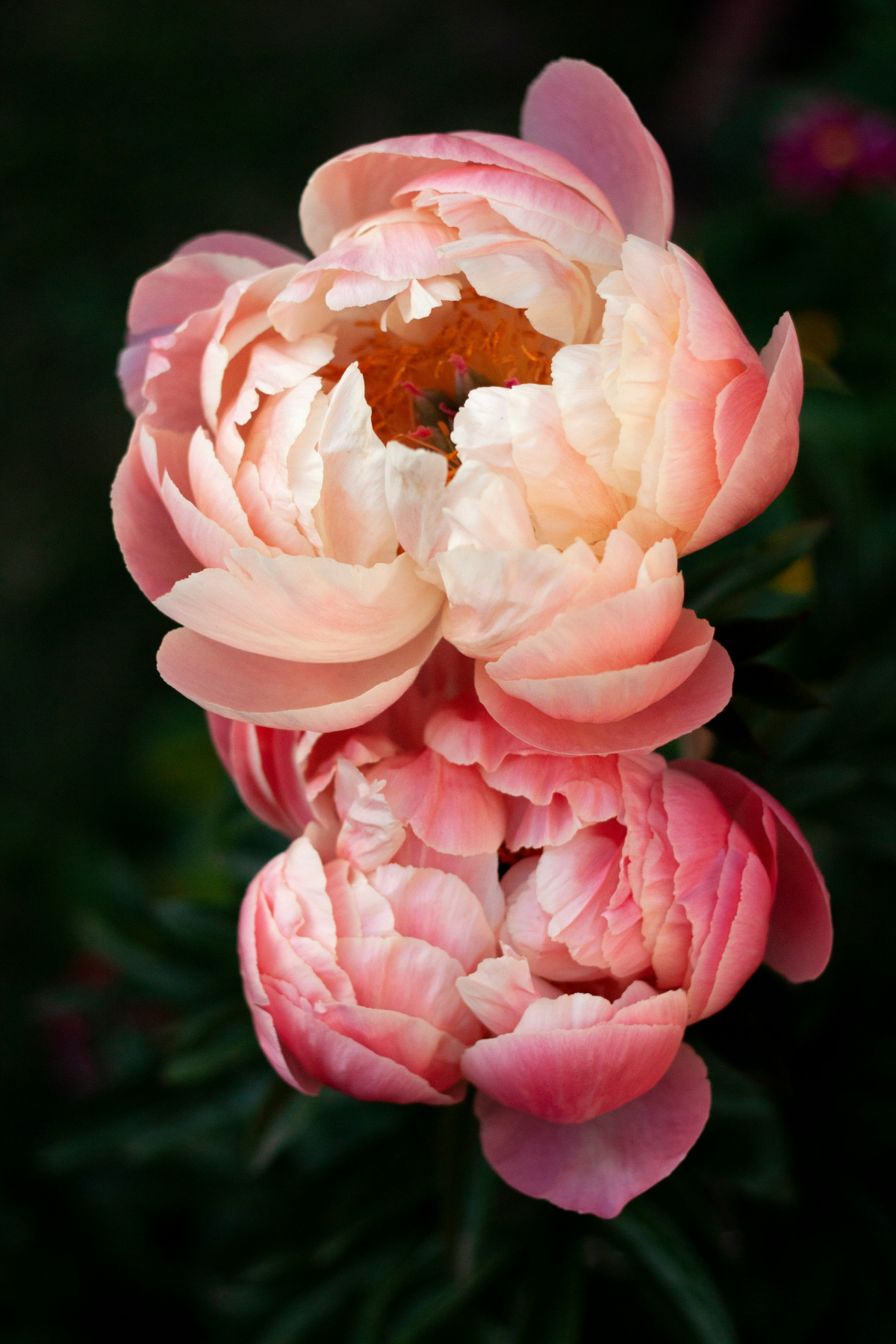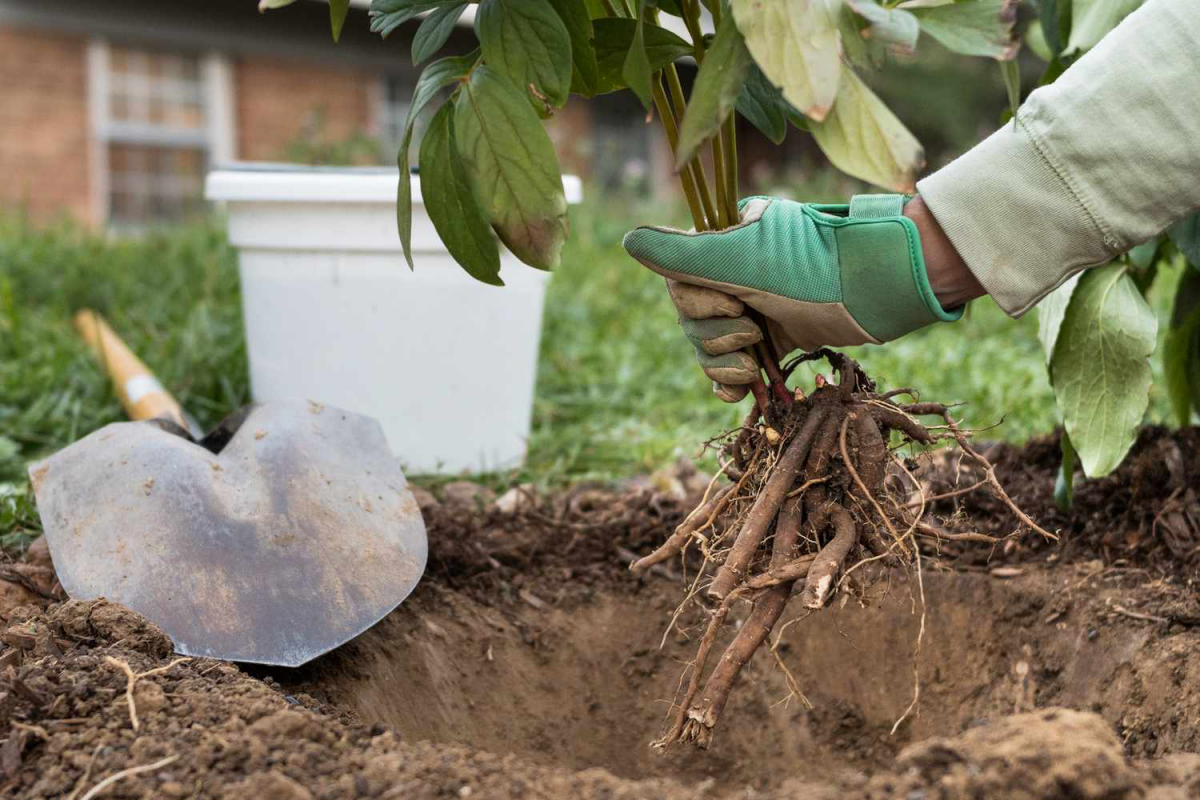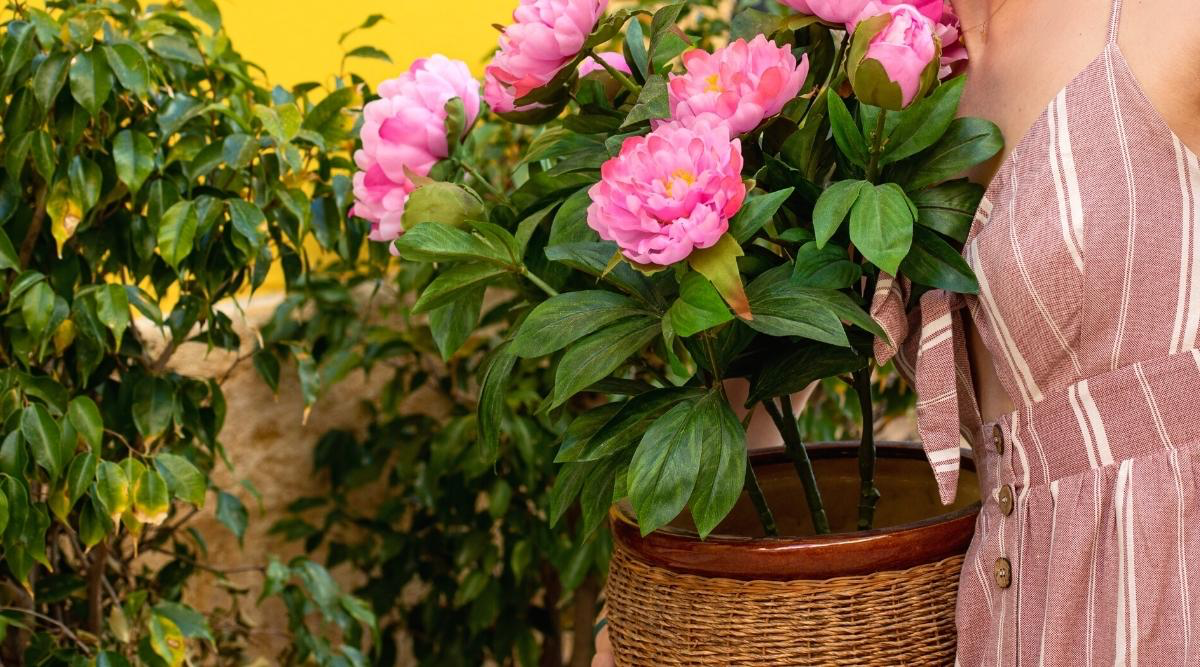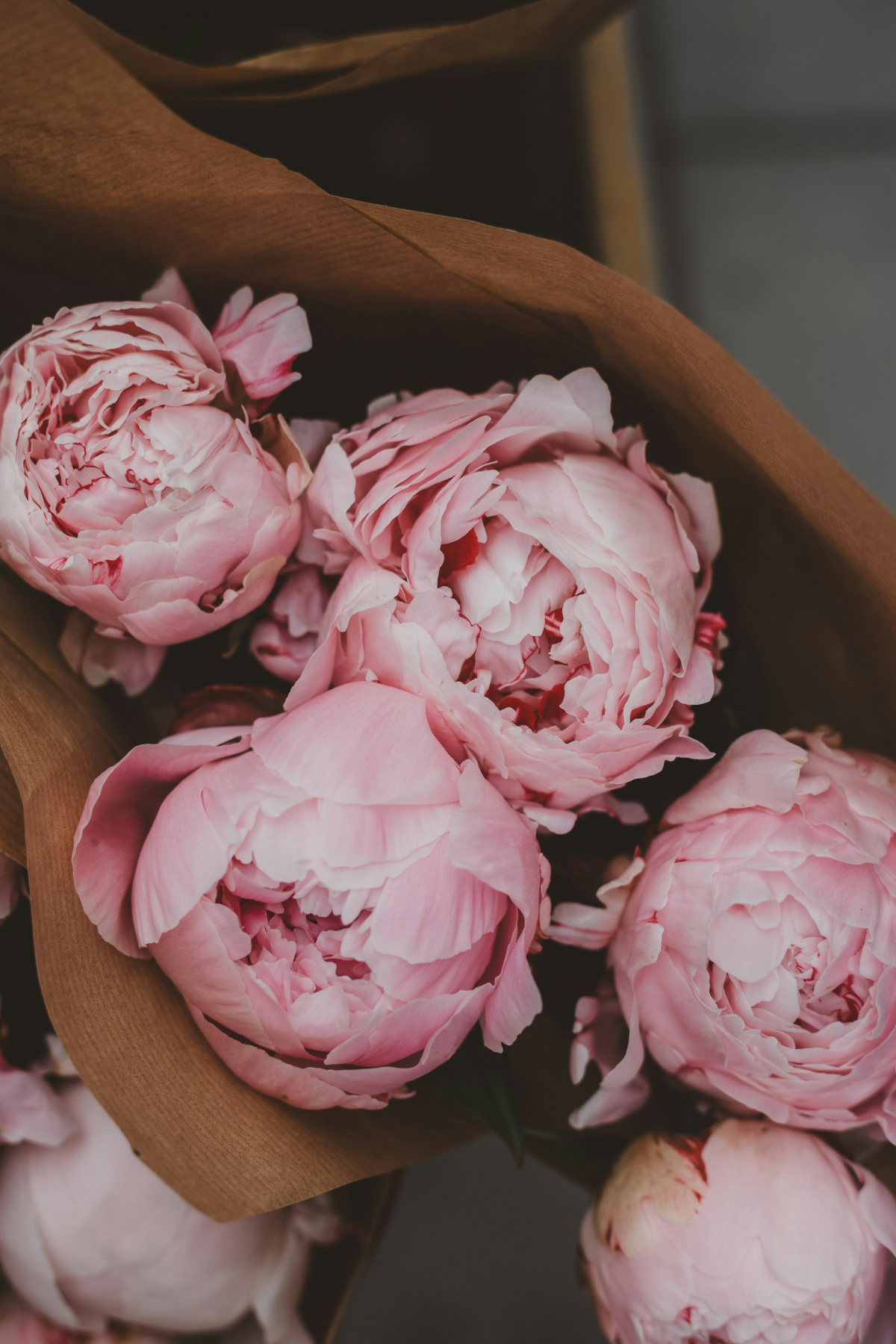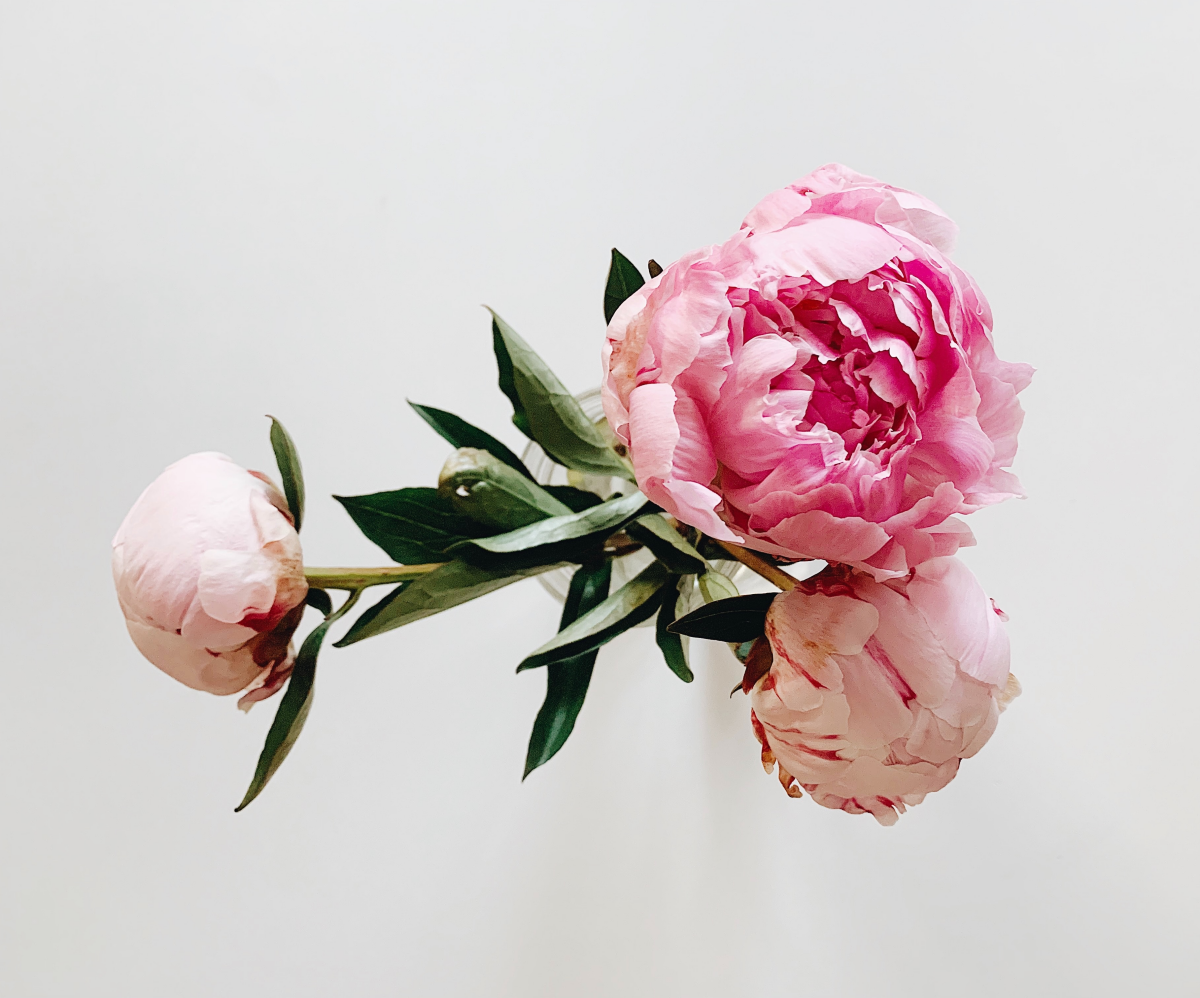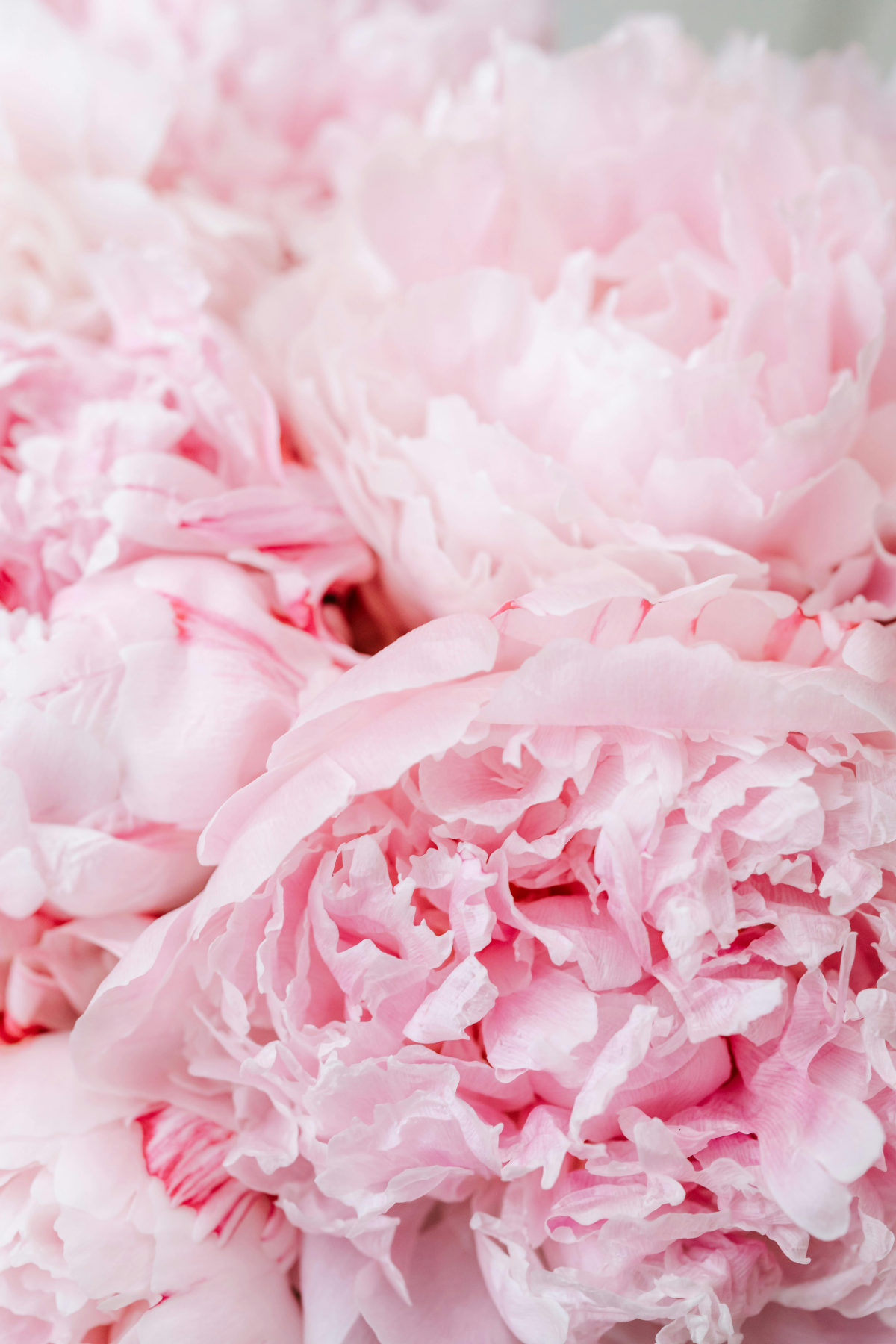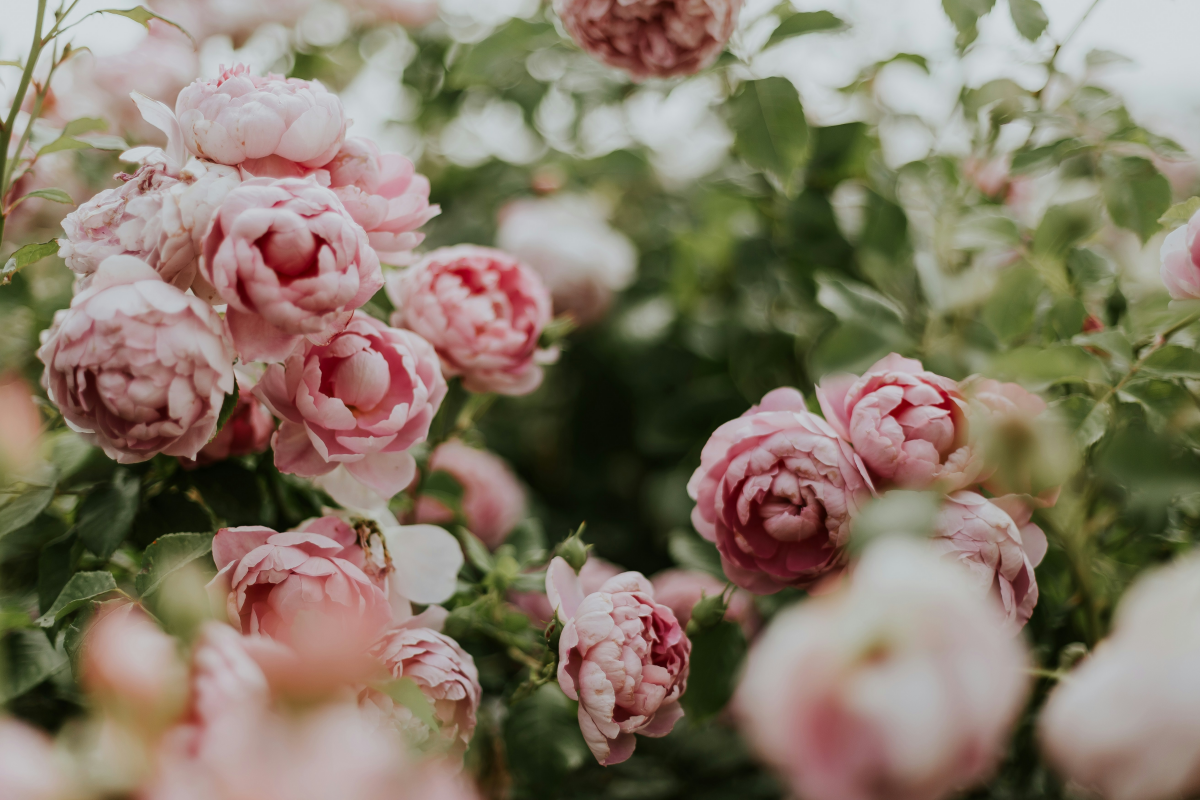The Secret To Perfect Peonies: The Ultimate Growing Guide
Peonies are famous for their opulent blooms and entrancing fragrance. So, it is no surprise that they have long been the crowning jewel of gardens and floral arrangements. Their allure extends beyond mere aesthetics. Growing these flowers to their full splendor is an art that melds botanical knowledge with a touch of gardening flair. It’s not merely about planting them in the soil and hoping they flourish. Cultivating these beauties to perfection demands a nuanced understanding of their needs, consistent care, and a dash of patience. Today, we delve into the secrets behind nurturing peonies, guiding you through the journey of transforming your garden with these enchanting flowers.
Peonies are famous for their opulent blooms and entrancing fragrance
In this article
How To Grow Peonies
Tracing their roots through history, peonies have symbolized prosperity and romance across various cultures. These blooms have graced imperial Chinese gardens and adorned European aristocratic estates. They embody luxury and refinement. Today’s gardeners have a plethora of choices. From the delicate herbaceous peonies that gracefully disappear in winter, to the majestic tree peonies with their woody stems, and the striking Itoh hybrids that blend the best of both worlds. No matter the garden’s style or the gardener’s preference, there is a peony variety to suit every taste. So, let’s embark on a floral adventure as we explore the diverse world of peonies and uncover the techniques to help these perennial favorites thrive.
Peonies have symbolized prosperity and romance across various cultures
Choosing the right variety
Your quest for the ideal peony starts with selecting a variety that complements your garden’s climate and soil conditions. Herbaceous peonies, beloved for their annual resurgence, vanish in winter only to reemerge with renewed vigor in spring. Tree peonies, with their sturdy, woody structures, offer a regal presence year-round. The Itoh hybrids, a fusion of the two, boast robust blooms and resilience. These varieties thrive best in USDA hardiness zones 3 through 8, favoring well-drained, nutrient-rich soil. When choosing your peony, consider the specific attributes of each type—flower color, bloom size, fragrance, and growth habit—to ensure a harmonious fit with your garden’s aesthetic and environmental conditions.
Your quest for the ideal peony starts with selecting the right variety for you
Planting
The optimal time for planting peonies is in the autumn. This season allows the roots to establish themselves well ahead of winter’s chill. Location is also crucial. These flowers revel in sunlight and require ample exposure for optimal growth. When preparing the planting site, make sure you enrich the soil with organic matte. This will help provide a nurturing bed for your plants. Carefully plant the roots at a shallow depth, ensuring the buds are positioned just below the soil surface—about two inches deep is ideal. This depth is particularly crucial for bare-root peonies. Placing the buds too deep or too shallow can hinder their blooming potential.
The optimal time for planting peonies is in the autumn
General care
To ensure your peonies remain a vibrant centerpiece in your garden, consistent care is essential. Begin by watering them deeply yet sparingly. This method encourages the development of robust roots. However, be cautious of overwatering, as it can cause root rot. This tends to be a prevalent problem in peonies. When spring finally unfolds, it’s important to nourish them with a low-nitrogen fertilizer. This will help to stimulate vigorous growth and an abundance of blooms. Pruning peonies is also a straightforward task. Simply focus on removing spent blossoms and any dead or decaying foliage. Additionally, be vigilant for signs of pests and diseases. Peonies are particularly prone to fungal infections like botrytis. Regular monitoring and timely intervention can keep these issues at bay, ensuring your peonies remain healthy and stunning.
Water them deeply yet sparingly
Common challenges
Peonies, despite their resilience, can sometimes encounter obstacles. A lack of blooming often points to incorrect planting depth or insufficient sunlight. To remedy this, ensure your peonies are planted at the right depth and in a location that receives ample sunlight. Disease management is another critical aspect of peony care. Promote good air circulation around your plants and avoid wetting the foliage during watering to prevent the onset of fungal diseases. While peonies may attract ants, these insects are generally harmless and are drawn to the nectar rather than causing harm to the plant.
A lack of blooming often points to incorrect planting depth
Special considerations
Peonies are versatile enough to thrive even in container gardens. If you’re limited on space or prefer container gardening, select a spacious pot and opt for a variety well-suited for this purpose, like the adaptable Itoh peony. Beyond solo planting, these flowers are sociable in the garden bed. This means they enjoy the companionship of other plants. Pair them with low-growing perennials that complement their growth habits and flowering cycles. This will create a harmonious and aesthetically pleasing garden display. For enthusiasts looking to expand their peony collection, propagation through division is a viable option. This method, while requiring patience and gentle handling, can lead to an even more bountiful and diverse peony display in your garden over time.
Peonies are versatile enough to thrive even in container gardens
FAQs
What do peonies smell like?
Peonies have a fragrance that ranges from sweetly floral to a more complex, lush scent, depending on the variety. Some exude a traditional rose-like aroma, while others might have lemony or spicy undertones. The degree of fragrance can vary significantly. Some peonies have a subtle scent, barely noticeable, while others are intensely aromatic, filling an entire garden space with their perfume. This variation in scent makes peonies a favorite among gardeners and florists alike, as they can cater to a wide range of olfactory preferences.
Some exude a traditional rose-like aroma
What do peonies symbolize?
Peonies carry rich symbolism, often associated with various meanings including prosperity, romance, and good fortune. In many cultures, they are seen as a symbol of beauty in all forms, embodying elegance and grace. In China, they are regarded as a symbol of wealth and honor and are often used in weddings as a sign of a happy marriage and good fortune. The peony’s lush, full blooms also represent abundance and the beauty of life, making them a popular choice in floral arrangements for many different occasions.
Peonies carry rich symbolism
Should I mulch peonies?
Mulching peonies can be beneficial, particularly for regulating soil temperature and retaining moisture. Apply a layer of organic mulch around the base of the plant, but be cautious not to cover the crown of the plant as this can lead to rot. Mulch helps to keep the roots cool in the summer and insulated in the winter, while also preventing weed growth and maintaining soil moisture. It’s best to mulch after the ground has frozen in the fall and remove or thin out the mulch in the spring as the new shoots appear.
Mulching peonies can be beneficial
How long do peonies last?
Peonies have a relatively long lifespan, both as plants and as cut flowers. In the garden, peony plants can live and thrive for decades, often up to 50 years or more, with minimal care. As cut flowers, peonies can last about a week in a vase if they are cut in bud form and properly cared for. The longevity of the blooms also depends on the variety and the environmental conditions. Peonies’ enduring nature, both in gardens and as cut flowers, contributes to their popularity and timelessness.
These flowers have a relatively long lifespan
Can I divide my peony?
Yes, you can divide peony plants, and it’s often done to propagate them or rejuvenate older plants. The best time to divide peonies is in the fall, after the leaves have died back. Carefully dig up the plant, shake off the soil, and divide the root ball into sections, ensuring each section has 3-5 buds (eyes). Replant these divisions promptly, ensuring that the eyes are no deeper than 2 inches below the soil surface. Dividing peonies can help stimulate new growth and is an excellent way to expand your garden or share these beloved plants with others.
You can divide peony plants
Do peonies requite staking?
Staking peonies is often recommended. This is especially true for the herbaceous and Itoh varieties. These varieties have large, heavy blooms that can cause the stems to droop or even break. Using stakes or peony rings can provide the necessary support, keeping the flowers upright and visible. Staking is best done in early spring as the plants begin to grow, so the support system is in place by the time the blooms become heavy. Proper staking not only maintains the aesthetic appeal of the plants but also helps prevent diseases by ensuring better air circulation around the foliage and blooms.
Staking peonies is often recommended
Growing a peony to perfection isn’t an elusive art. With the right variety, proper planting, and dedicated care, your garden can boast lush, vibrant flowers that are the envy of the neighborhood. Embrace the journey of nurturing these timeless blooms and enjoy the fragrant, colorful rewards of your labor season after season. Remember, the real secret to perfect peonies lies in the joy and satisfaction found in gardening itself.
Embrace the journey of nurturing these timeless blooms and enjoy the colorful rewards

